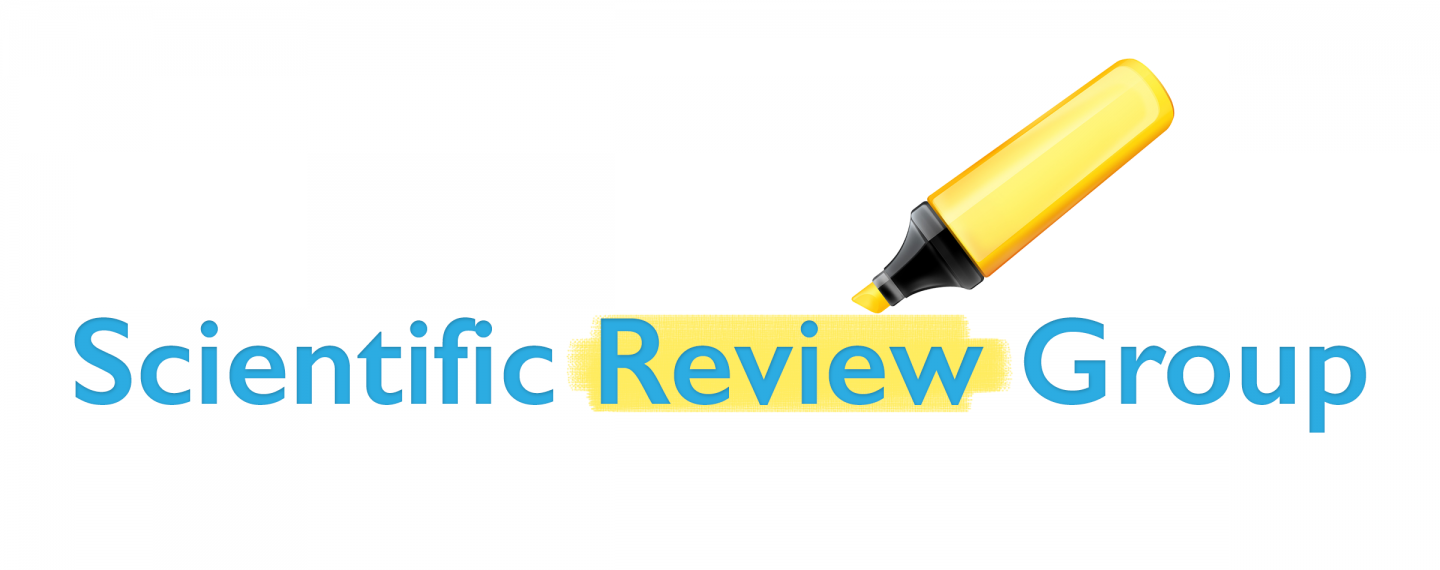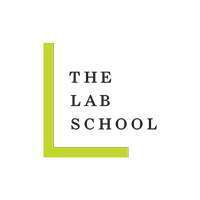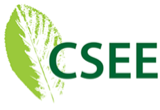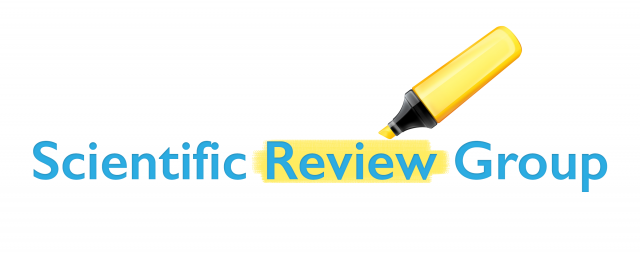
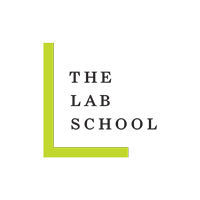
Lab Faculty and Staff
5/13/2016
Exploring the educational benefits of creativity: In search of a national research agenda
What are the connections between creativity and learning?
What links between creativity and intelligence have been identified in the research literature?
What is the relationship between executive functioning and creativity?
Can creativity foster opportunities for learning? The educational community largely embraces the notion that creative expression is an important aspect of a student’s learning experience. We also know that exposure to the arts and arts-integrated instruction has positive educational benefits, especially for learners who have not succeeded in typical learning environments. To complement these lines of research, we set out to specifically examine the research evidence supporting interventions for creativity and their resulting academic outcomes. We reviewed the research literature with this question in mind. As we delved deeper, two specific issues became clear:
Creativity and the arts: Creativity in schools is often exclusively associated with the arts. Although this is often the first home of creative expression in schools, it is clear that creativity can be expressed in academic domains beyond the arts, including in arenas not typically associated with creativity, like Science, Technology, Engineering, and Math (STEM) fields. Nevertheless, we observed that the dialogue around creativity in both research and educational circles tends to narrowly associate creativity with the arts. We feel it is important to broaden the discussion to include creative expression in diverse subject areas. The recent addition of the arts to STEM, culminating in a discussion of a STEAM focus, is a reflection of this challenge. On the one hand, it reflects the important role that the arts plays in a well-rounded math and science curriculum, but it once again relegates creativity to the arts, rather than seeing it as an integral part of a broader curriculum.
Research base: We conducted several literature searches trying to identify studies that examined interventions for creativity and resulting academic outcomes. These searches emphasized the well-documented benefits of arts-integrated instruction. However, just because a student is learning in an arts-integrated environment does not necessarily mean that creativity is being fostered, and vice versa, so this literature is relevant to our question but cannot directly answer it. The second literature we encountered was regarding the positive association of arts training (i.e., music, art, drama) with higher academic performance. Currently, research has begun to establish a correlation between arts training and academic achievement, but more rigorous experimental designs are needed to support a causal relationship. For instance, it remains unclear whether the same factors that lead a child to excel in academics (i.e., motivation, interest, ability) also leads them to be interested in the arts or if their training in the arts actually promotes academic achievement. This is an important unanswered question for the field. Like the arts-integration literature mentioned above, this arts training literature is also relevant to our question but cannot directly answer it. Because arts training involves many components in addition to creativity (i.e., practice, diligence, commitment), this literature cannot isolate the impact of creativity on academic achievement. Thus, our focused question examining creativity and academic benefits is partially, but not fully, answered by these two lines of research on arts-integration and arts training. In fact, we discovered that there is very little research addressing our specific question: does fostering a child’s creativity in school lead to measurable gains in academic achievement? This is clearly an important, and understudied question. Based on the arts-integration and arts training literatures, we hypothesize that methods to promote creativity would yield benefits in many academic domains. However, for now, we note the need for further research in this important area.
We are optimistic about the future directions for research on creativity because a national dialogue on these issues has been spurred by major reports from three prominent national organizations and foundations: The National Endowment for the Arts (2015), the National Science Foundation (2008), and the Dana Foundation (2008). All three reports focused on the role of creativity in the brain and learning and emphasized important research areas that need additional work, including practical issues like testing school-based interventions for creativity and basic science issues like understanding the neurobiology of creativity.
Despite challenges to measuring and studying a construct as broad as creativity, it continues to be an area that captivates our imagination as individuals and as a society. We recognize that creativity is a characteristic that makes us uniquely human. As a society, many educators argue that one goal of education should be to foster creativity and novel problem-solving (Hennessey & Amabile, 2010). Nevertheless, it is interesting to note that there is still some question in the United States about whether student creativity is a desirable goal of education, whereas this has been a prominent focus in other countries, especially in Asia (Hennessey & Amabile, 2010). Still, the problems that face our society currently will require innovative solutions. It stands to reason that educational systems that encourage and stimulate creativity will better prepare children to develop novel solutions to challenging global problems. Thus, it is encouraging that a defined research agenda has been laid out in the past decade regarding creativity and learning. In particular, this research agenda is intended to provide evidence-based guidance to educators regarding ways to promote creativity in schools, across all disciplines, for the purpose of improving learning and perhaps, for developing greater creativity as an end in itself.
References
National Endowment for the Arts: How creativity works in the brain
National Science Foundation: Art, Creativity, and Learning
Dana Foundation: Learning, Arts, and the Brain: The Dana Consortium Report on Arts and Cognition
Hennessey, B. A., & Amabile, T. M. (2010). Creativity. Annual Review of Psychology, 61(1), 569–598. http://doi.org/10.1146/annurev.psych.093008.100416
